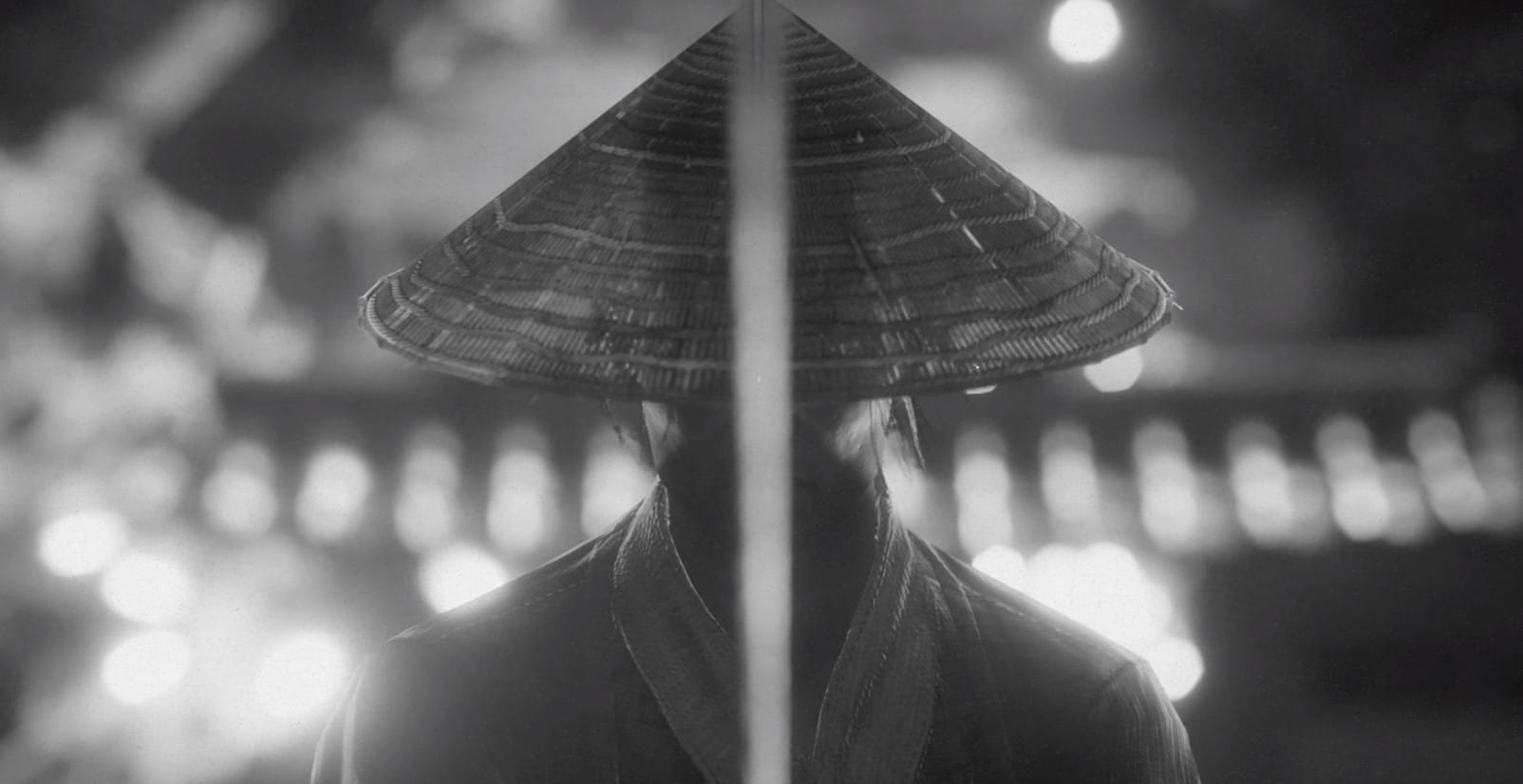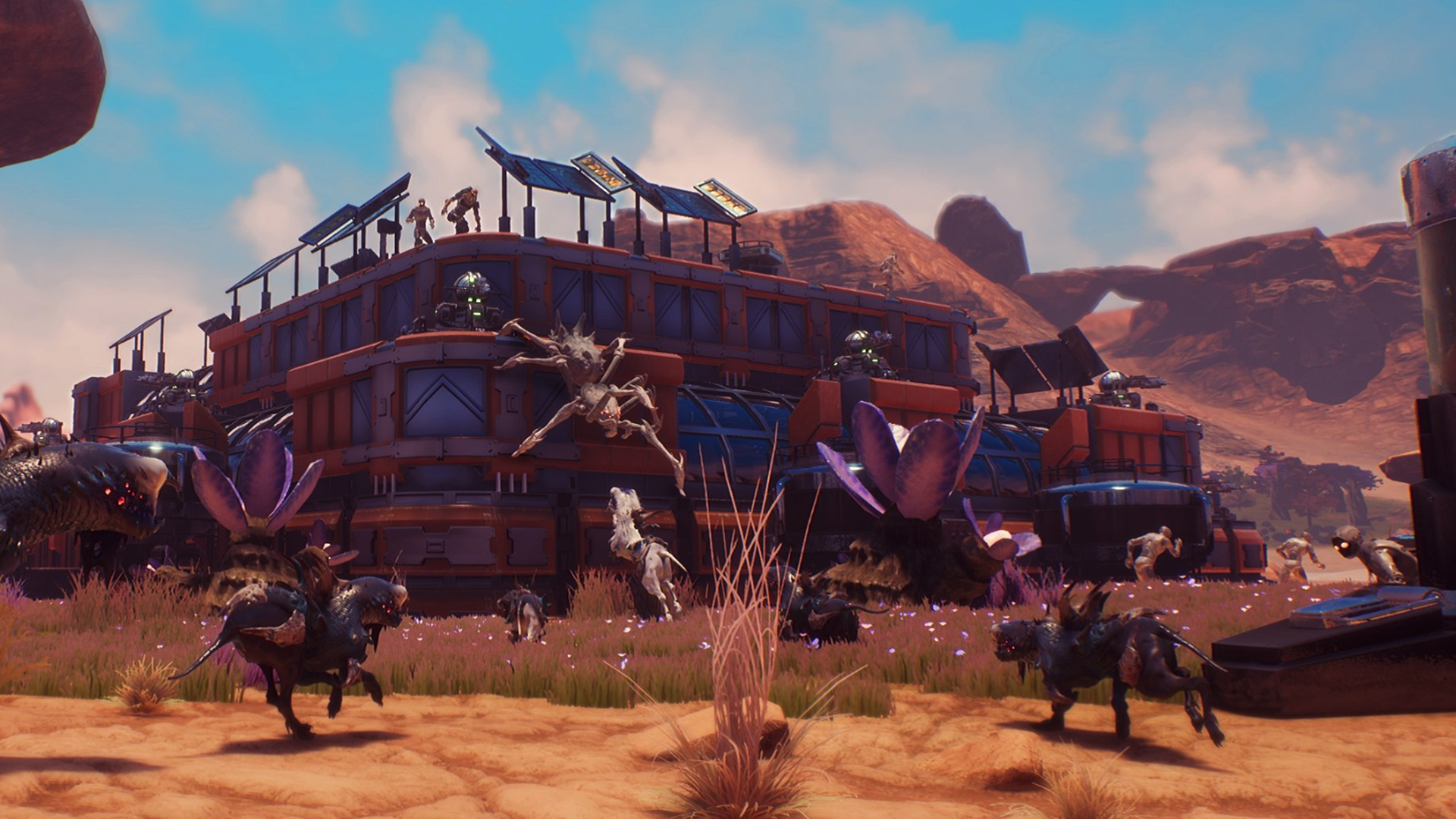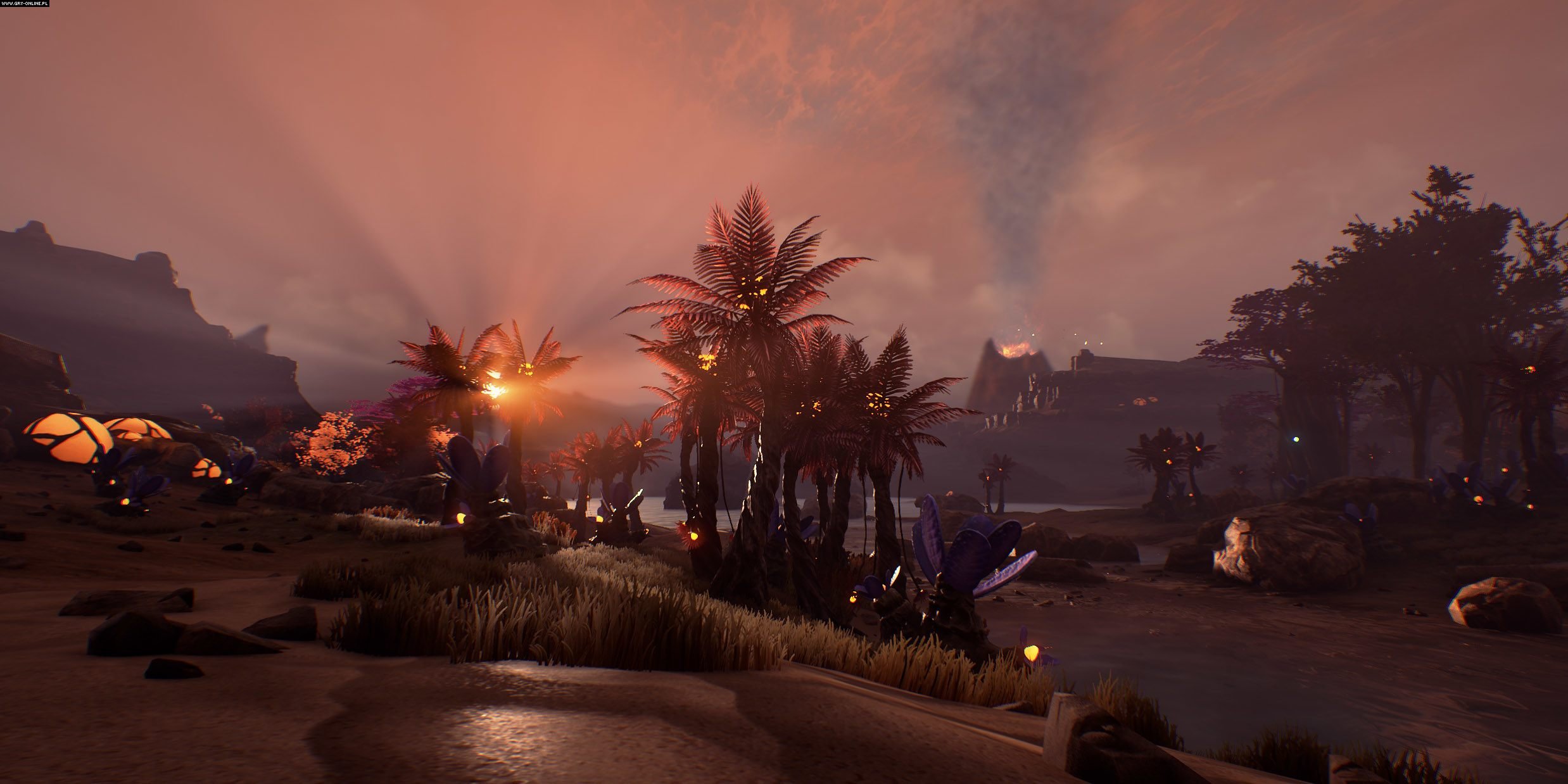

- Outpost zero game pictures upgrade#
- Outpost zero game pictures tv#
- Outpost zero game pictures windows#
Then, if a developer wishes to show reflections within reflections, an additional “bounce” is used, sending the rays off in new directions based on the properties of what they initially hit. To create photorealistic results, however, the properties of each object and surface must be considered to determine if they’re reflective, if they absorb light, if they are rough or smooth, if they’re transparent, and so on. When they intersect objects and surfaces, the detail at that point of intersection is used along with many other pieces of info, from many other rays and points of intersection, to create reflections. To generate these new ultra-quality reflections, “rays” are “cast” from surfaces visible from the player’s camera. Furthermore, there are the issues with disappearing reflections when the player moves or the camera is turned, or when the player is too close to the surface or object being reflected all because the detail to be reflected is off-screen.Įnter NVIDIA RTX Ray Tracing, which fixes all those issues, and more, to generate high-resolution, full-scene, real-time reflections that reflect detail in front of, behind, above and below the player or camera. Lack the ability to show people, vehicles, or effects moving in real-time behind the camera or player.Īnother major issue with SSR is that the reflections rendered can’t display occluded detail, like a large item just behind another, which in reality would be visible in the reflection. And while some techniques do exist to updateĪt regular intervals, based on the appearance of the nearby world, they won’t overcome the technique’s inherent issues, and still
Outpost zero game pictures windows#
Is they only represent the reflected environment as viewed from a single point in the scene, and can therefore give physically implausible results on large reflective objects (in addition, you commonly see the same reflection baked into multiple windows in different locations, and when you turn around the actual scene is completely different). , which is a pre-generated reflective image applied to surfaces (like the skyscraper windows in Anything off-screen (including behind the camera), that should be reflected, is in fact faked with a low-resolution In each, ray-traced reflections will dramatically increase image quality and immersion game-wide.īefore now, the best reflection tech available was Screen Space Reflections (SSR) combined with static environment maps, and it is virtually impossible for any developer, no matter how good, to overcome their limitations.įor instance, Screen-Space Reflections can only show reflections of on-screen objects (those that are already visible in other parts of the frame).

Of writing, they’re coming to Assetto Corsa Competizione, Atomic Heart, Battlefield V, Control, and MechWarrior 5: Mercenaries, and numerous other games yet to be unveiled. Ray-Traced Reflections are the showcase NVIDIA RTX effect the one you excitedly show your friends to demonstrate what your new GeForce RTX GPU can do.
Outpost zero game pictures upgrade#
The result is a massive upgrade in image quality, making for more immersive and realistic gameplay that can still be enjoyed at smooth, playable framerates, even in Battlefield V’s chaotic 64-player multiplayer matches. Our solution: hybrid rendering, where select effects are ray-traced to add lifelike lighting, shadows and reflections to the high-fidelity rasterized worlds that developers have lovingly handcrafted for years. But in the realm of games, things work very differently: games are played in real-time, at a minimum of 30 frames per second, and the player can change the camera or what’s on-screen at any moment.Ī different approach is therefore required, one where ray-tracing can have a significant impact on fidelity, without making a game unplayably slow. Now though, we’ve created the GPU-accelerated NVIDIA RTX Platform, and have launched our GeForce RTX and Quadro RTX GPUs with dedicated RT Cores, rapidly accelerating the creation of Hollywood’s ray-traced VFX shots and worlds.
Outpost zero game pictures tv#
These calculations hammer CPUs, to the extent that entire server farms of processing power are required for the creation of complex effects and virtual worlds, the likes of which you see every day in TV shows and movies (in the highest-quality productions, short snippets and scenes can take days to render).

The only problem is performance: millions of ray tracing operations are needed per frame for high-quality results, and each ray-tracing operation has to calculate what was hit and how it affects the appearance of the scene. Ray-tracing has been the holy grail of graphics for decades, because it is uniquely capable of delivering lifelike fidelity to everything happening on-screen.


 0 kommentar(er)
0 kommentar(er)
